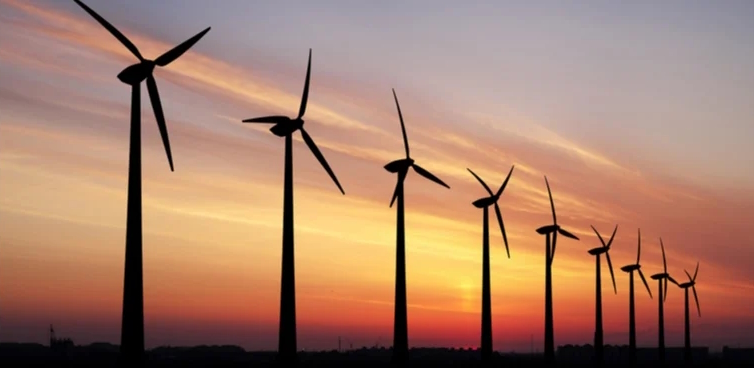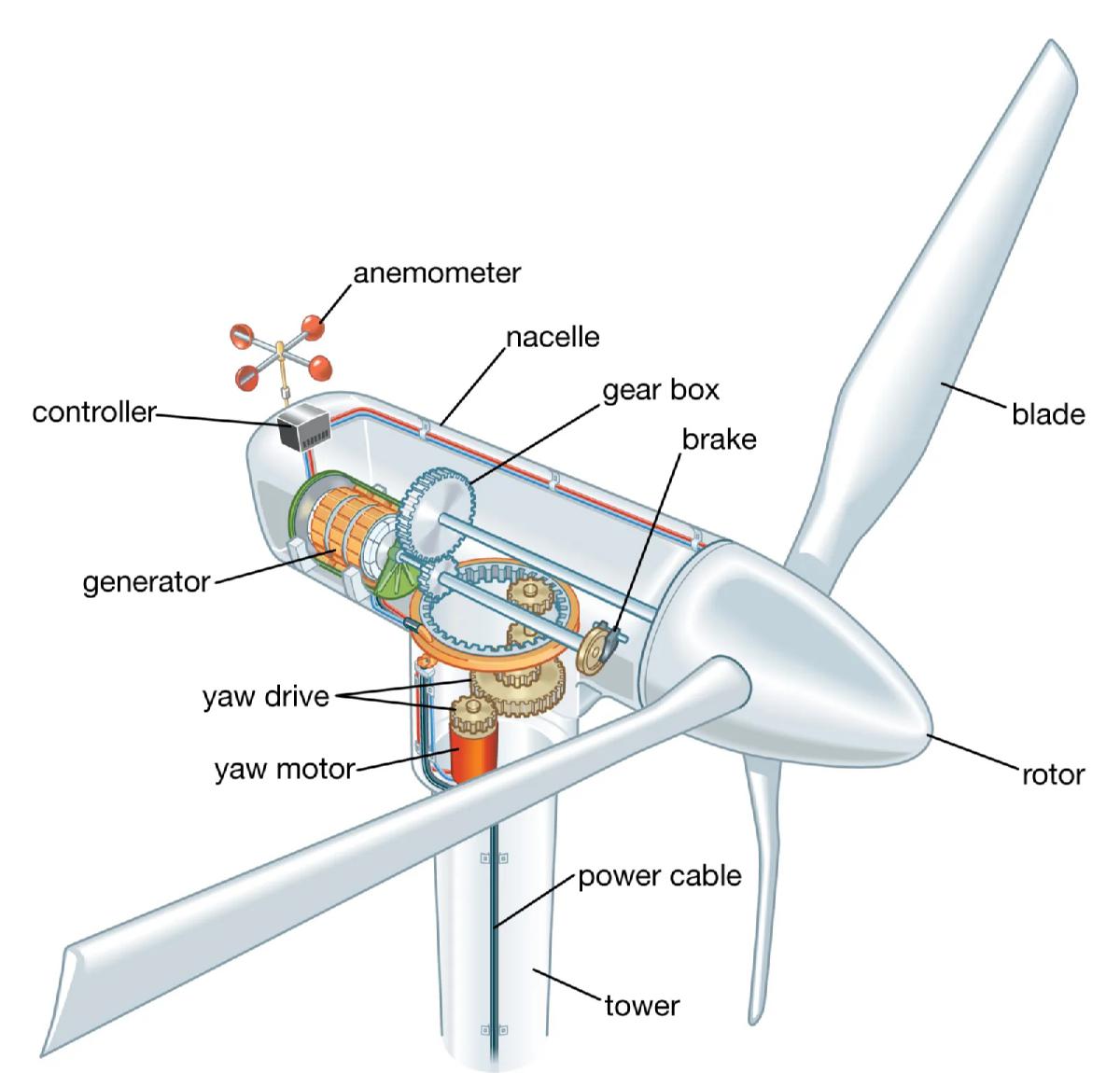Wind power
has been used for centuries by sails, windmills and windpumps.
Today, wind power is one of the most used renewable energy sources, second only to photovoltaics.
In 2022, wind power produced 7.6% of global electricity (2,160 TWh) and, as photovoltaics, these numbers are expected to grow further.



